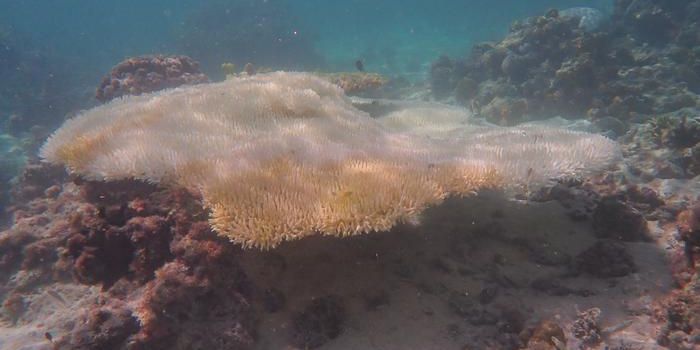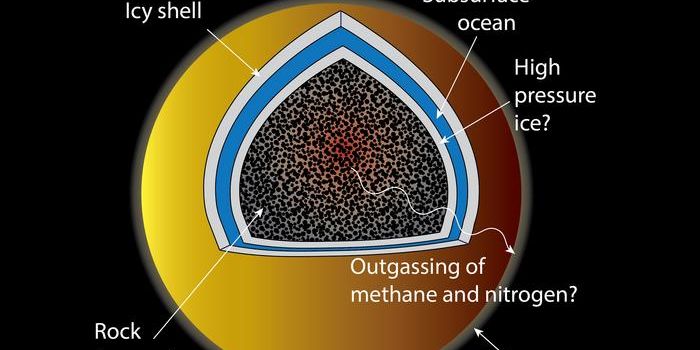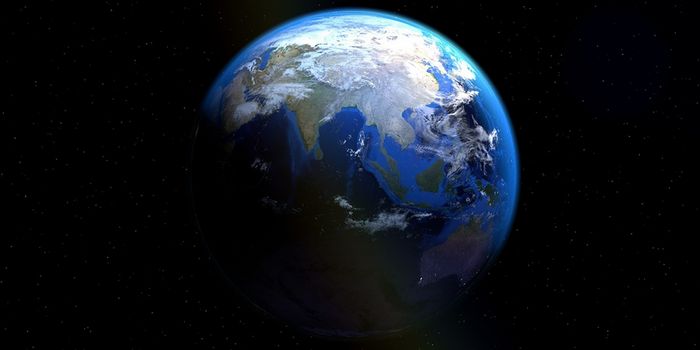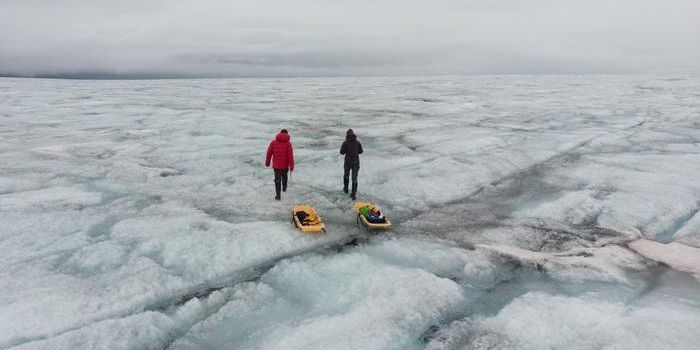Ice Shelf Holding Back Glacier Predicted to Melt Within Years
The ice shelf holding back a glacier the size of Florida could melt within five years, experts with the American Geophysical Union reported this week.
The Thwaites glacier is located on the Western side of Antarctica. Its melting has already contributed to 4% of the global sea-level rise, and the ice shelf keeping it in place is currently the last line of defense. The 45 km ice shelf lies at the foot of the glacier, and researchers report that there are concerning diagonal fractures that span practically the length of the entire shelf.
Researchers say it’s likely that this ice shelf could break apart within the next five years. Once the shelf breaks apart, the glacier will begin to move three times faster than its current speed, accelerating its melting. At best, the melting of the Thwaites glacier could raise global sea levels by 65 centimeters. At worst, it could cause a collapse of the entire Western Antarctic sheet, raising sea levels by 3.3 meters. For context, global sea levels have risen 21-24 centimeters in the last two centuries.
Warm water detected beneath the ice shelf caused these concerning fractures. Another robot, Icefin, measured water temperatures where the glacier met rock and found that the temperatures were 1-2 °C above freezing. This has caused the grounding line of the glacier— the place where the glacier detaches from the continent— to retreat 10 kilometers. The ocean is warmer than it was when these glaciers first formed, and it’s unlikely that the Earth will ever be able to create marine-based ice ever again.
The International Thwaites Glacier Collaboration (ITGC) is leading the research on the future of the West Antarctic Ice Sheet. Funded by the U.K. and the U.S., this $50 million expedition sent teams down to Antarctica to the Western Ice Shelf, far from existing research stations. Researchers used radar to image the underside of the ice sheet, and they found an uneven surface slashed with rugged peaks and valleys with fractures deep within the valleys.
Surface cracks are a problem for this ice shelf as well. Researchers used computer models to predict how fissures have opened over the years. Fractures, including one known as “the dagger,” are particularly concerning because they are quickly traveling towards the middle of the shelf. Once they reach the middle, they will only speed up the ice shelf breakup.
The ITGC’s campaign has just about a year left to study the Thwaites glacier. Their data suggests that the Western Antarctic Ice Shelf is in greater danger than previously thought. Within the next couple of decades, the continent's landscape could look drastically different. The only hope would be a global decrease in carbon emissions— but it may be too little too late.
Sources: Science News, The American Geophysical Union








